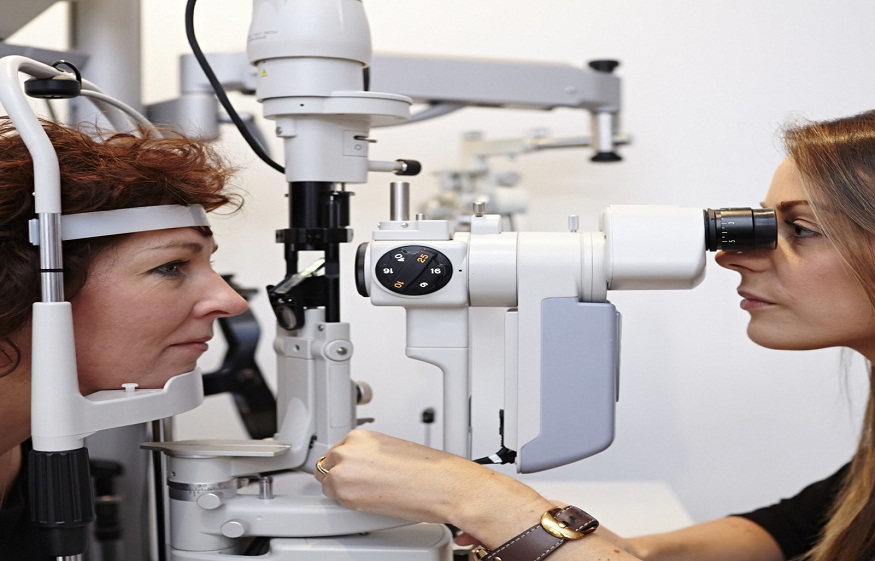You find yourself sitting in dr. john freeman‘s office. You’re not a patient today, but rather an observer, keenly interested in the world of oral surgery anesthesia. Imagine, if you will, being in the dentist’s chair, the cold metal tools lined up beside you. You’re about to undergo a procedure, but there’s a silver lining – anesthesia. Anesthesia is those brilliant options that numb the pain and put your anxieties at ease. This blog will let you peek behind the curtain, revealing the intricacies and options of oral surgery anesthesia. We’ll delve into the details, so you can make an informed choice the next time you find yourself in that dentist’s chair.
The History of Anesthesia
Let’s journey back to the 1800s. The first successful use of anesthesia took place in a Boston hospital. The patient was a young man with a neck tumor. The anesthetic? Ether. It paved the path for the various anesthesia options we have today.
Your Anesthesia Options
Fast-forward to the present day. There are three main types of anesthesia – Local, Sedation, and General.
Local anesthesia numbs a small part of your body. It’s the novocaine shot you get before a filling. You’re awake, but the area is numb.
Sedation anesthesia, commonly known as “laughing gas,” is used for more invasive procedures. You’re typically awake, but very relaxed.
General anesthesia is the heavy hitter. It’s used for complex procedures and puts you in a deep sleep. You won’t remember the procedure at all.
Choosing the Right Option
So, which one is right for you? It all depends on the type of procedure, your overall health, and your comfort level. Remember, there’s no one-size-fits-all solution. It’s all about finding the right fit for you.
The Risks and Benefits
Like any medical procedure, anesthesia comes with risks and benefits. Some people may experience side effects like nausea or dizziness. But the benefits usually outweigh the risks. The main benefit? It allows dental professionals to perform complex procedures with minimal pain for the patient.
So there you have it, a sneak peek into the world of oral surgery anesthesia. The next time you’re in the dentist’s chair, remember you’re not alone. You have options. Armed with this knowledge, you can make an informed choice.



